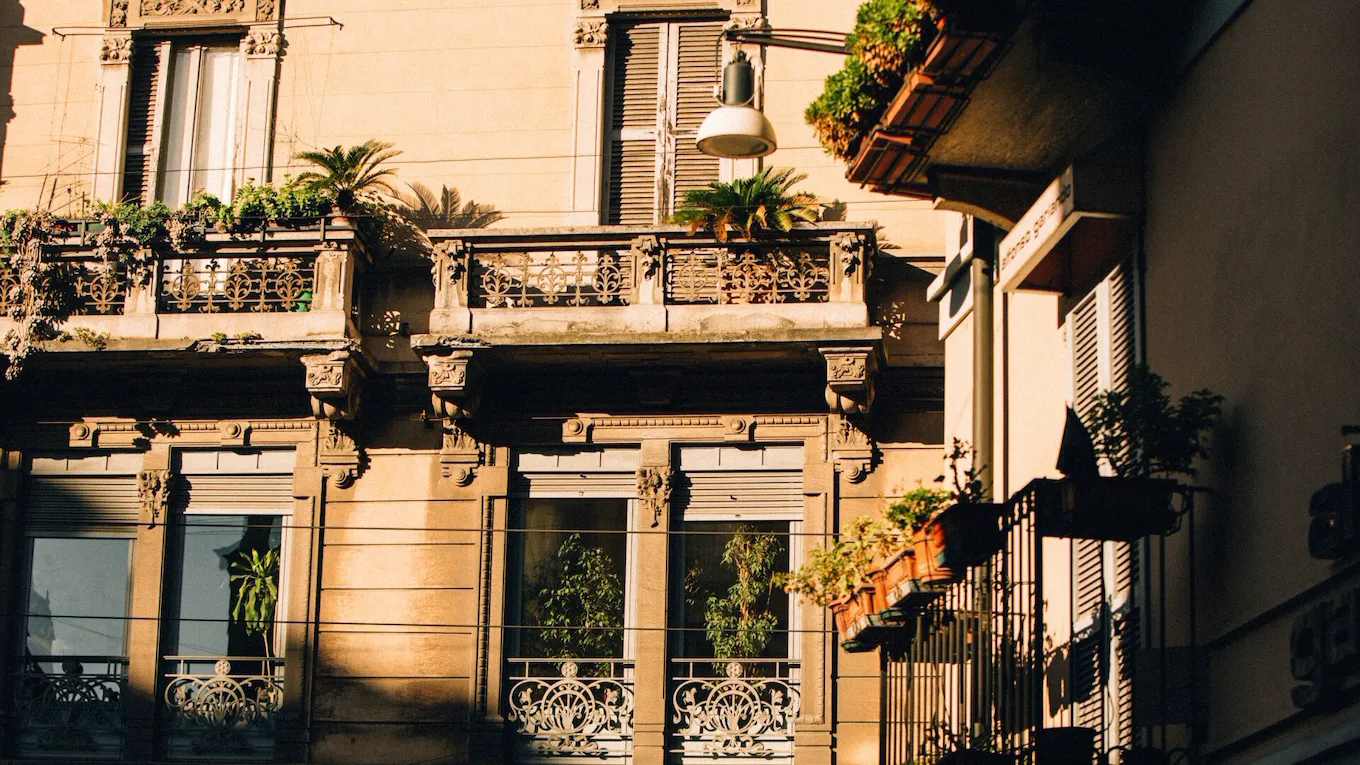A neighbourhood guide to Brera

Shopping in Brera
Brera, known as the design district, has long attracted fashion and design lovers from around the globe looking for bohemian boutiques and indie concept stores. It is a more intimate refuge to the Fashion Quadrangle’s big boutiques and brands. The celebrated vintage store Cavalli e Nastri, founded by Claudia Jesi, offers everything from Pucci blouses from the 1980s to the iconic Chanel tailleur. Nearby, between the Scala opera house and the Accademia di Brera, Massimo Alba revisits Milanese classics with his signature casual soft tailoring. You can also follow in Mrs Prada’s footsteps and go to the Brera antiques market for inspiration. You’ll find plenty of vintage jewellery, art deco glassware and books.
Eating in Brera
Dining al fresco on one of Brera’s enchanting cobblestone streets is a must after you’ve explored the shops. Osteria di Brera, a minute away from the Pinacoteca di Brera – the main public art gallery in Milan – is the go-to place to devour fresh gourmet fish, sourced every day from Milan’s Fish Market. Dishes here are Milanese-inspired but given a contemporary twist by the chef, Enrico Forti. The Salumaio di Montenapoleone is one of the oldest restaurants (and meat shops) in the area, opened in 1957 in Via Montenapoleone by the Travaini family. The menu is based on fresh pasta, meat and fish accompanied by dishes that vary according to the season. You can order tagliolini with porcini mushrooms or a beef fillet tartare and sit inside amid its warm wood panelled walls or, if the weather is pleasant, enjoy its Renaissance-style courtyard.
Drinking in Brera
The bars in Brera are incredibly boho-chic. A former refectory of the Friars of the Augustine order in the 16th century, N’Ombra de Vin has been beautifully restored, retaining its vaulted ceiling and stone columns. It has an impressive wine collection and a wine cellar dating back to the 15th century. If you’re looking to unwind in a laid-back atmosphere where artists, poets and intellectuals hang out, you’ll want to head to the historic Jamaica bar. Its name was given by the musicologist Giulio Confalonieri, and he is said to have taken inspiration from the 1939 film “Jamaica Inn”, directed by Alfred Hitchcock.
Art Galleries in Brera
Milan has been influenced by so many artistic styles over the centuries, from Gothic, Renaissance, Baroque to Futurism. Brera is also home to many artistic gems from the old masters. A major public art gallery housed in a palace, the Pinacoteca di Brera was set up to host the prominent works from areas conquered by the French. In the early years of the 19th century, paintings confiscated from churches and convents flooded in here, which explains why most of its collection consists of religious paintings. Its collection includes some of history’s greatest masterpieces, like Andrea Mantegna’s emotionally intense Lamentation over the Dead Christ and Giovanni Bellini’s sorrowful panel Pietà. For more modern works, head to Galleria d’Arte Moderna, a gallery set up in 1964. It’s housed in an 18th-century villa and houses paintings by Milan’s greatest artists, including Francesco Hayez, Marchesi Pompeo, Andrea Appiani. It also houses works of international artists from the 20th century including Vincent Van Gogh and Paul Cézanne.
The Botanical Garden
It’s surprising to find, amid the bustle and buildings of central Milan, that there’s a green sanctuary full of medicinal plants and two-and-a-half centuries-old Ginkgo bilobas. The botanical gardens are packed with Italian flora and birdsong, and it is where the order of the Humiliati came to meditate from the fourteenth century on. In the second half of the 18th century, the Botanical Garden became Milan’s cultural centre, and was a place for training in pharmacy and medicine. The garden still retains its original layout – three sections separated by two elliptical ponds – and continues to offer training workshops, book presentations, and botanical watercolour courses among other events.
A fascinating alternative to the bustle of the city centre, Brera’s Botanical Garden and boho-chic bars and galleries are just ten minutes by car from Hotel Principe di Savoia.